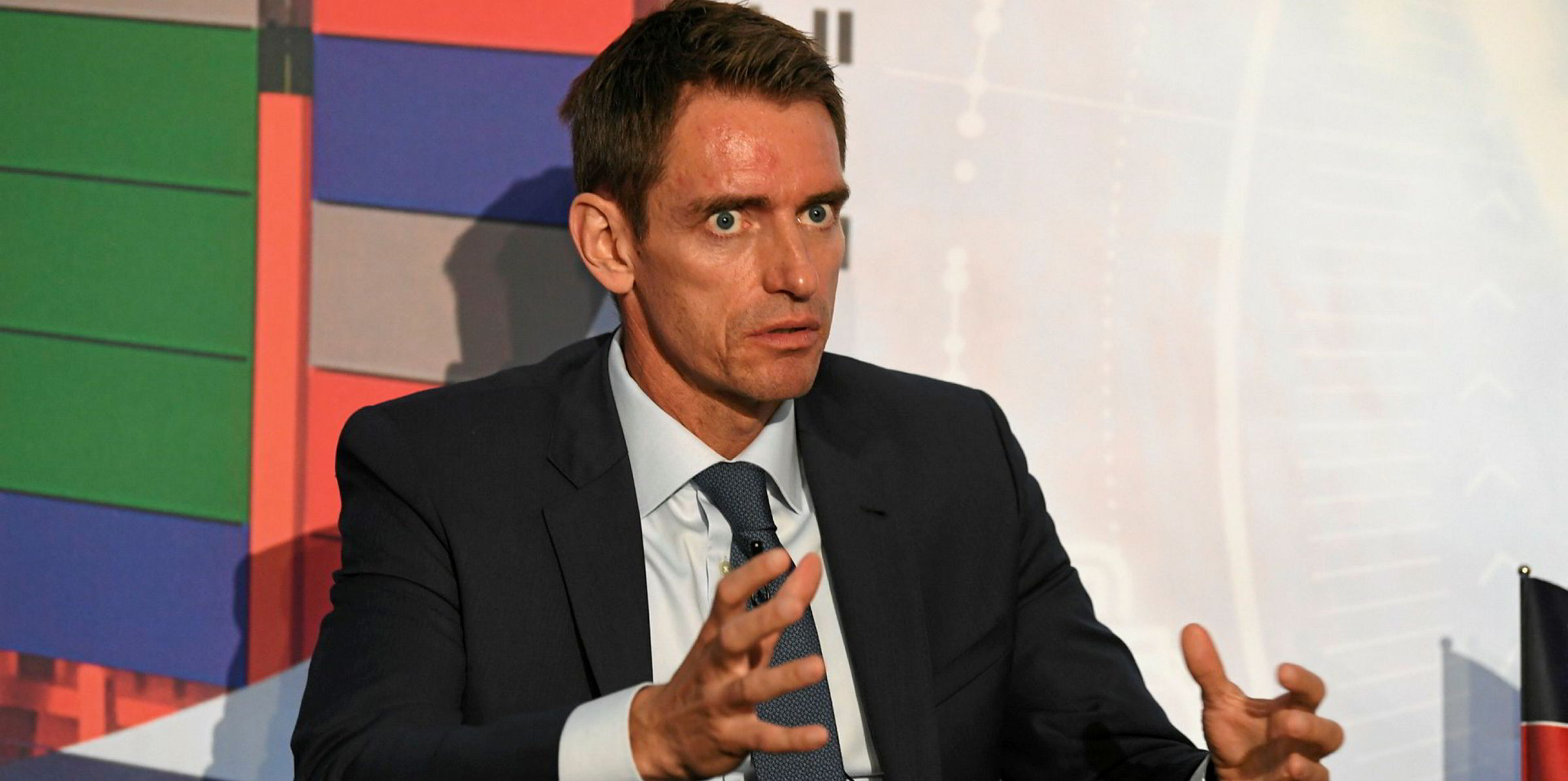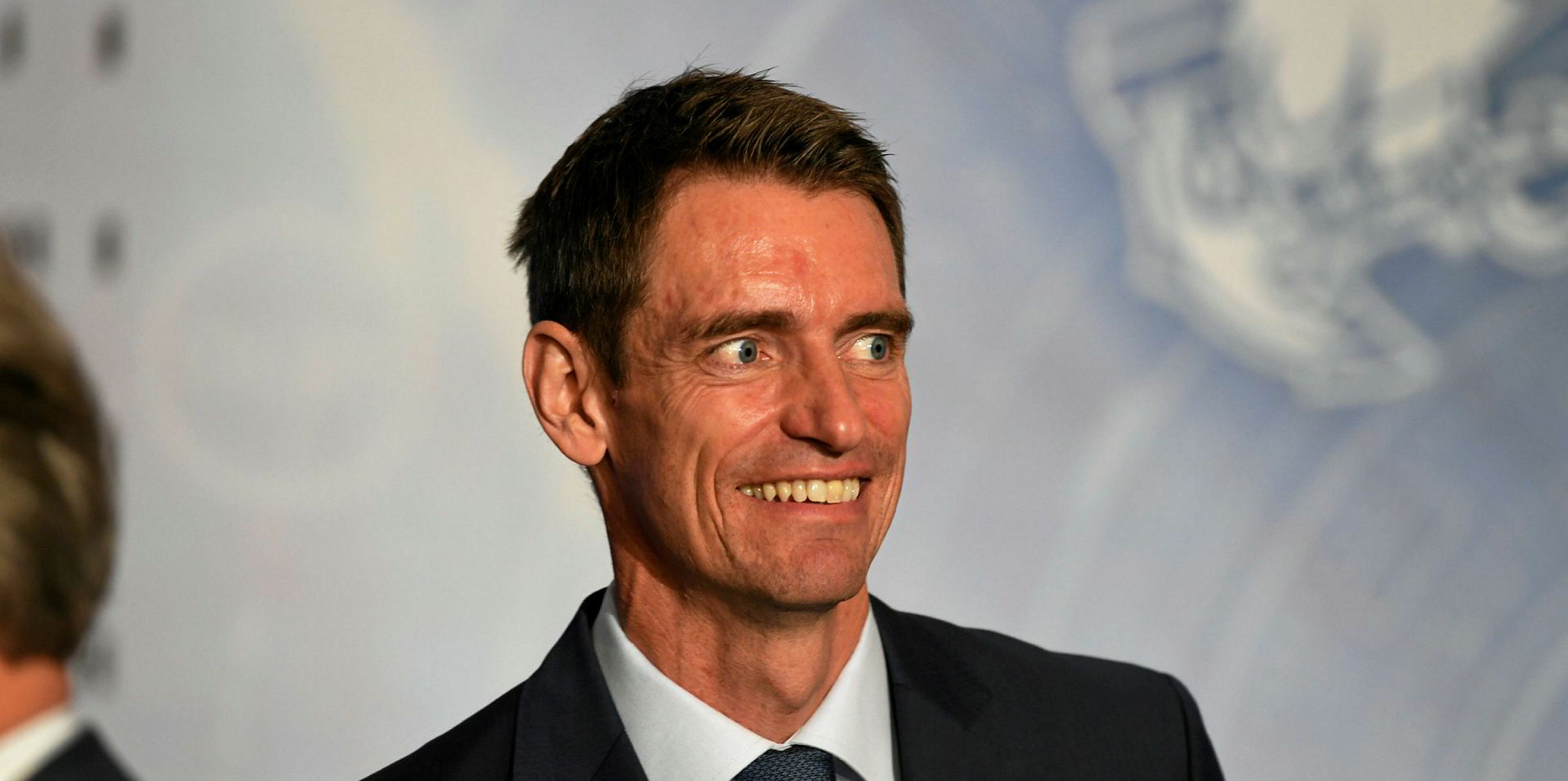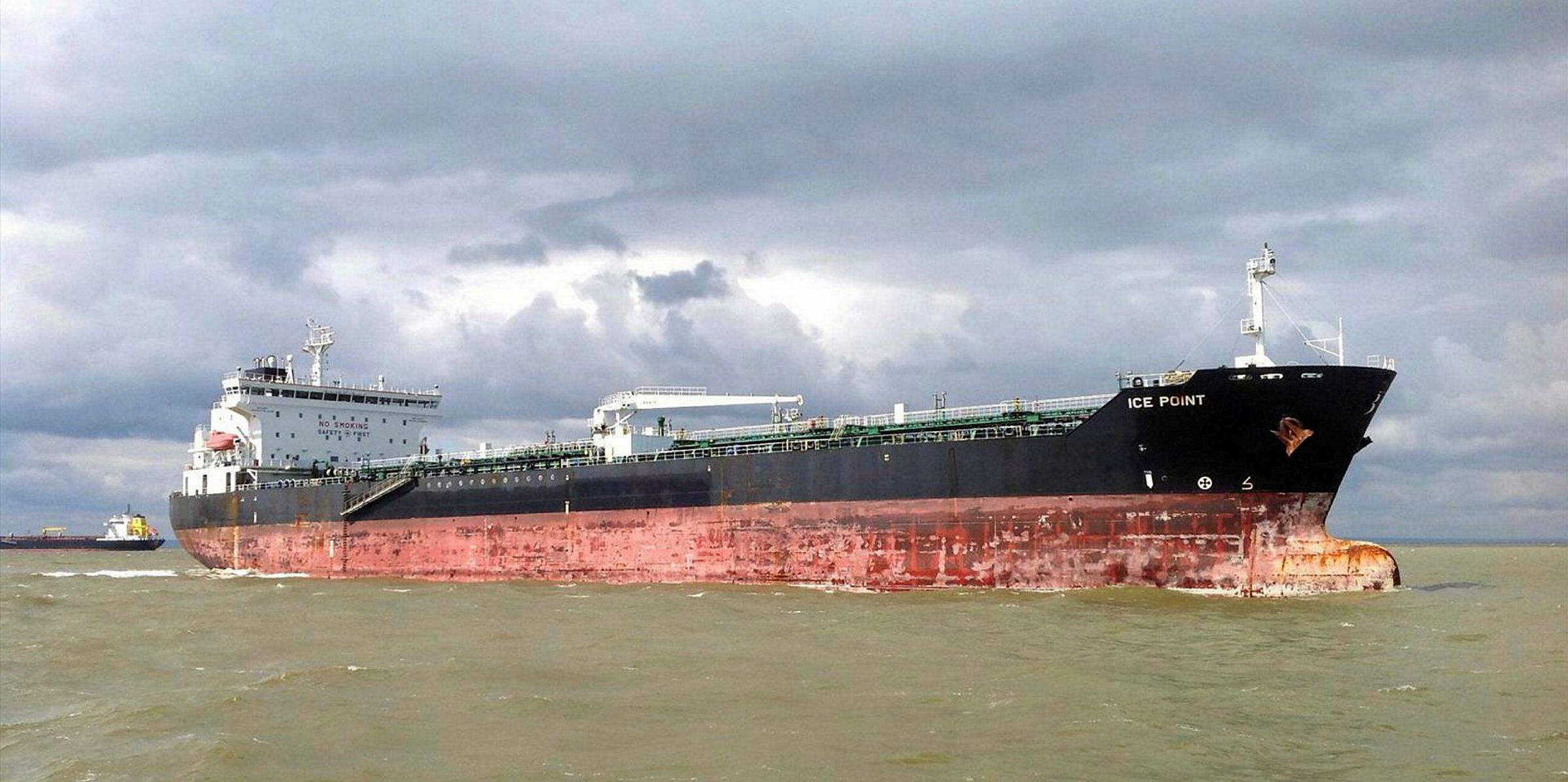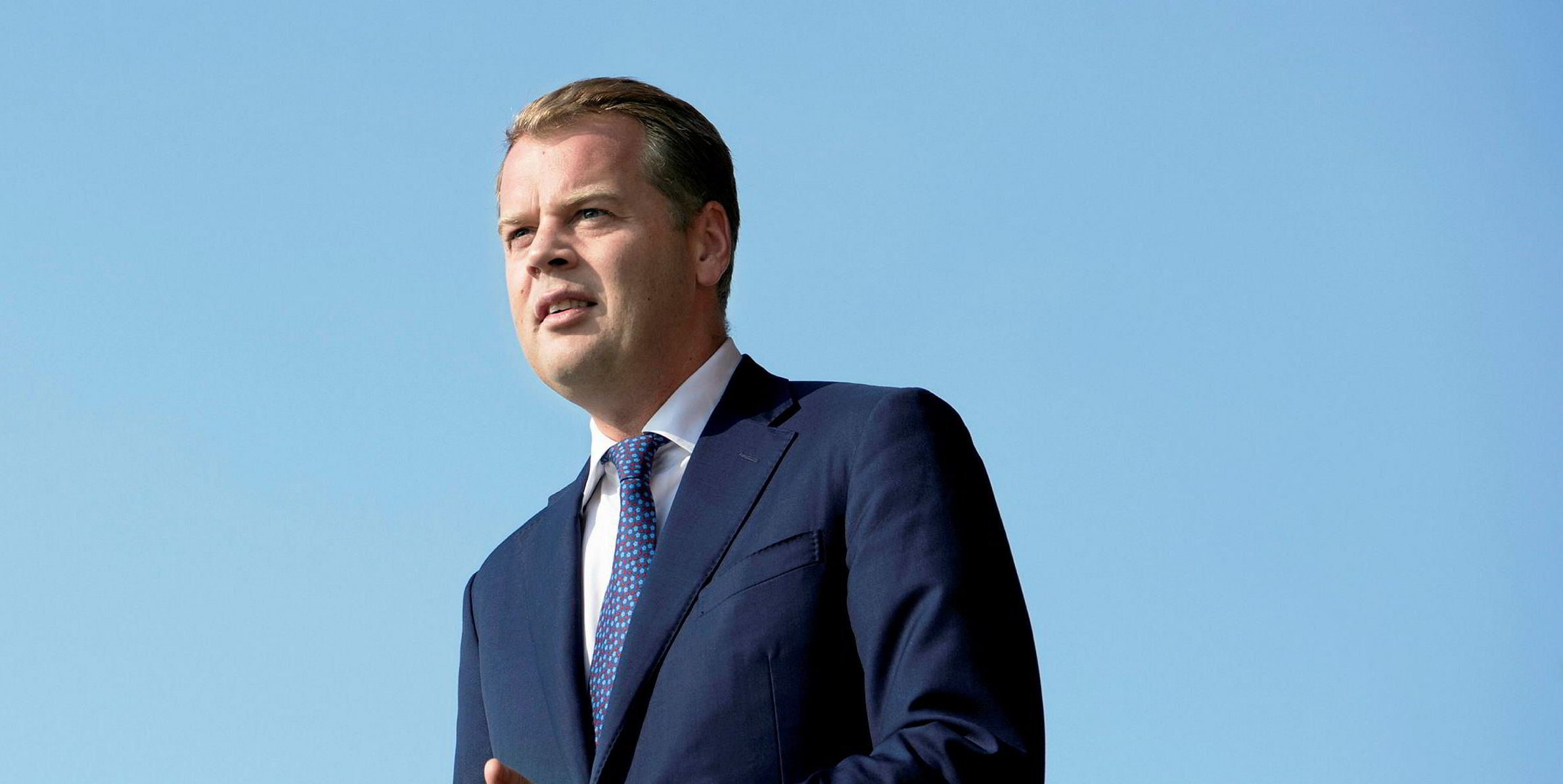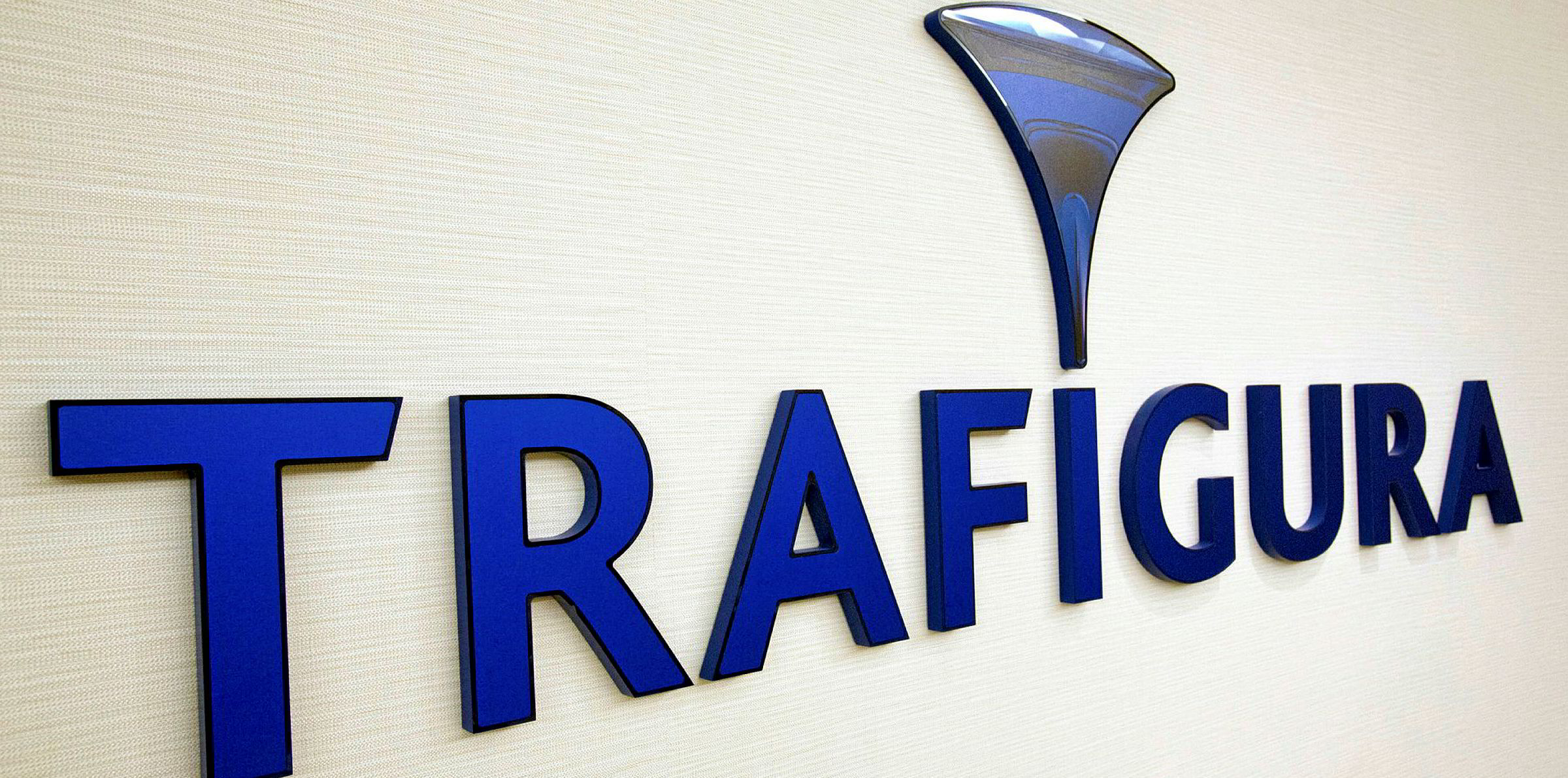Amid widespread disruption to bunker operations during the IMO 2020 transitional period, Trafigura, one of the world’s largest vessel charterers, has called on regulators to take a rigorous approach in terms of enforcement.
With many onshore storage facilities and tens of thousands of vessels and barges needing to clean their tanks for the fuel switch, there have been reports of delays in refuelling at some bunkering hubs across the globe.
“There's definitely disruption around bunkering,” Rasmus Bach Nielsen, who heads the trading giant’s wet freight desk, told TradeWinds. “It reflects the industry challenge.”
According to some observers, barge availability has emerged as a top concern, as they need to undergo extensive cleaning, with the marine fuel mix becoming increasingly complex post-2020.
Nielsen, whose department has time chartered in more than 120 ships, shared a similar view: “One of the key challenges is the barge… You may not be at the ports when the barge is available.”
“We think that there will be a continued significant tightness throughout the first quarter.”
Trafigura has plans to debunker six to eight tankers in its fleet. But Nielsen observed: “At certain ports, you are not able to debunker before 1 January because there is no barge availability.”
“It’s a real infrastructure challenge.”
Regulatory regime still under development
Unless installed with scrubbers, vessels will need to switch to 0.5%-sulphur fuels from high-sulphur fuel oil (HSFO) from 1 January 2020, but HSFO can remain in their fuel tanks until 31 March.
Nielsen said port state control (PSC) authorities — responsible for enforcing the IMO 2020 rules — should track HSFO stored onboard to deter shipowners from violations.
“We are worried that there is not enough regulatory control over HSFO onboard ships … we do not think that the penalty system is established properly,” Nielsen said.
Depending on ship size, consumption of HSFO rather than compliant fuels was estimated by Clarksons Platou Securities to save somewhere between $4,500 and $14,100 per day as of 12 December.
On a voyage basis, the savings far exceed the fines of PSC authorities for violating IMO 2020 — giving shipowners strong incentives to cheat.
“We go into a regulatory change, and it's incredibly important that everybody compete on an equal level playing field,” said Nielsen.
For Trafigura, Nielsen said violation is simply not an option and the non-scrubber ships on its fleet would only consume good quality compliant fuels with high compatibility.
Low-sulphur fuel oil (LSFO), which is emerging as the preferred compliant fuel, is a new product of various grades, so shipowners and operators have long been worried over their quality and compatibility.
But Nielsen suggested he is less worried on this front. Already one of the world’s largest bunker suppliers, Trafigura has recently established a bunkering entity with Frontline and Golden Ocean.
“We believe they are well positioned to help us secure competitive and reliable bunker supply,” said Nielsen.
View on scrubber and decarbonisation
Trafigura is also one of the most high-profile adopters of exhaust gas cleaning technology, having launched a scrubber-fitted newbuilding programme of 16 suezmaxes, 15 MRs and four LR2s.
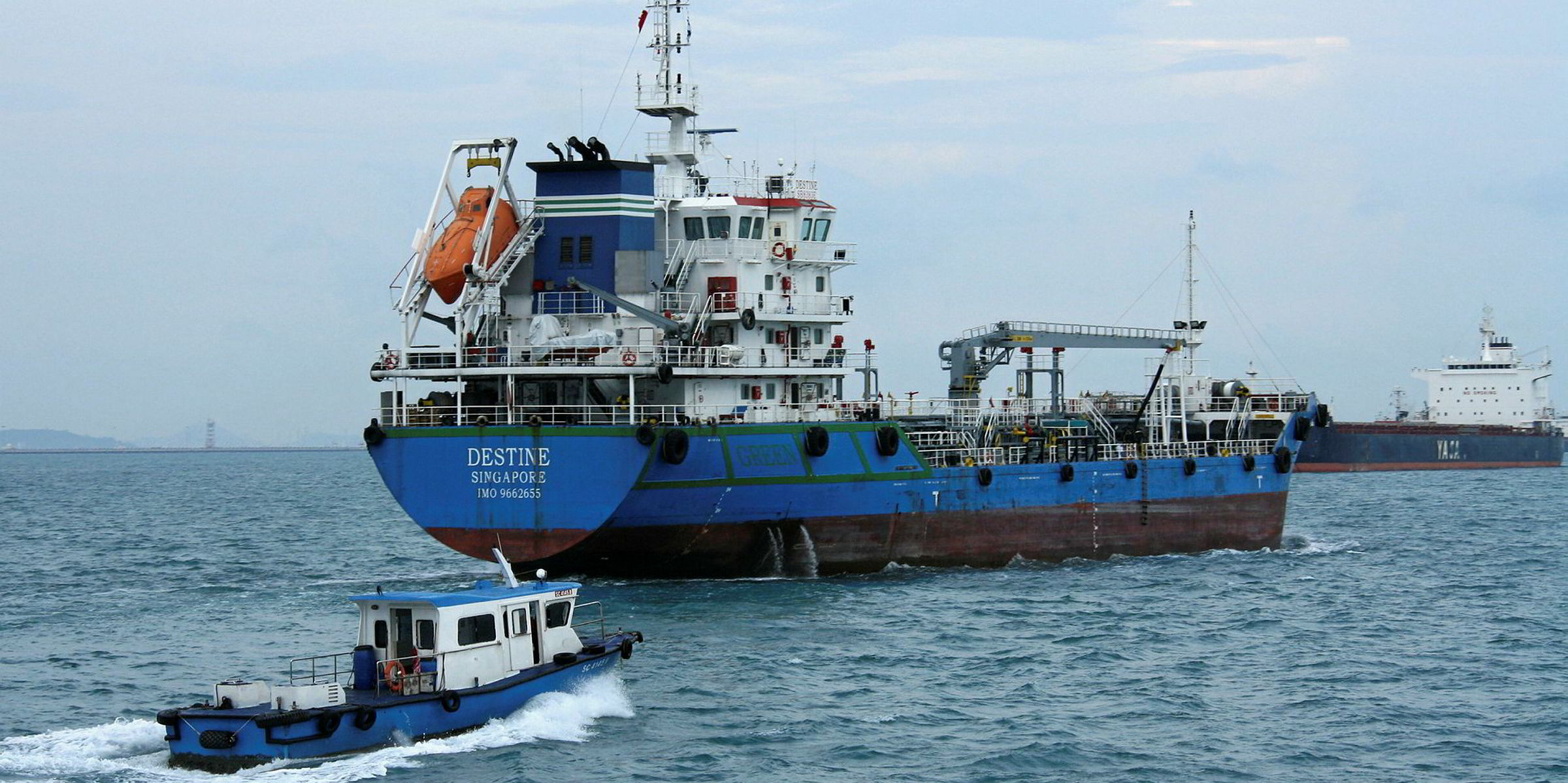
The price spread between HSFO and LSFO has met general expectation of scrubber investors. From a technical perspective, Trafigura is also comfortable with those systems.
It is understood that Trafigura, which invested $28m on scrubbers and shipping equipment in the year to 30 September, has been so far generally satisfied with their scrubber operations with no significant breakdowns on the technical front.
The next regulatory hurdle for the shipping industry is expected to be decarbonisation rules, the first phase of which are under discussions at the IMO and due to come into force by 2023.
Aside from enhancing port coordination and optimising sailing speeds and trading routes to reduce CO2 emissions, Trafigura has asked shipowners to provide fuel-efficiency data in charter terms.
It has also adopted the Smart Freight Centre’s Global Logistics Emissions Council framework for carbon-based accounting.
However, to reach the IMO’s eventual target to cut emissions from international shipping by 50% from the 2008 level before 2050, industry participants generally reckon new types of zero-carbon fuels are required.
While ordering some of the world’s first dual-fuelled VLGCs, Trafigura does not consider LPG to be the fuel that can meet the eventual decarbonisation needs, according to Nielsen. He explained that Trafigura is doing a lot of studies to find out what “the fuel of the future” could be.
“We have been engaged [in industry discussions and participating in an IMO working forum] on shipping decarbonisation …It’s a huge industry challenge and there’s a lot of work to be done,” said Nielsen.
